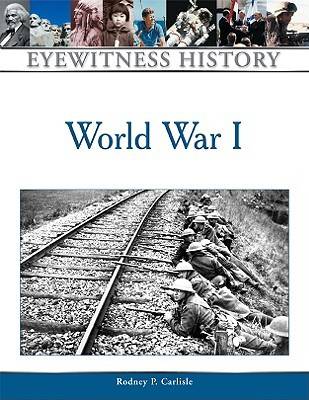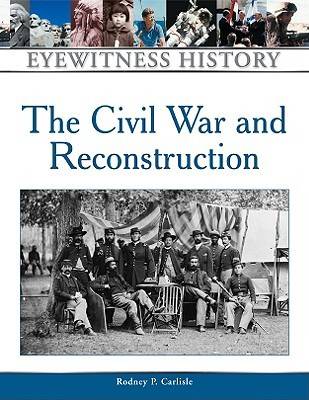Eyewitness History
2 total works
From the highly acclaimed ""Eyewitness History"" series, ""World War I"" examines one of the most pivotal points in 20th-century history, exploring the social, cultural, military, and political impacts of this war on American society, as well as the role the United States played in the conflict. Unlike other references on the subject, this new volume discusses World War I's place in American history as the catalyst for World War II and the cold war, as well as explores its influences in today's world. Highlighting its historical connections to such timely topics as terrorism, the impact of technology on warfare, the rise of rogue states, the use of weapons of mass destruction, and the importance of the non-Western, especially Middle Eastern, countries, ""World War I"" brings this crucial time period to life through the eyes of those who lived through it. ""World War I"" provides hundreds of firsthand accounts - from diary entries, letters, speeches, and newspaper accounts - that focus on different warfare issues and on the social and cultural impacts of the war on Europe and the United States. As well as these primary source quotations, each illustrated chapter provides an introductory essay and a chronology of events. This volume also includes critical documents related to this topic, as well as capsule biographies of key figures, narrative sections, eyewitness testimonies, 102 black-and-white photographs, maps and graphs, a bibliography, notes, a glossary, chronologies, appendixes, and an index.
The Civil War is considered the most devastating war in the history of the United States in terms of the number of Americans killed and wounded. In addition to the tremendous loss of life, a young nation and its residents were left to rebuild and reconsider the problems that led them to war in the first place. Through the period of Reconstruction that followed the Civil War, the United States emerged from a loose and fragile confederation of sovereign states to a single nation with greatly enhanced federal powers. The Civil War was a central turning point in the history of our country, as it helped bring the institution of slavery to an end and set the stage for the battle for civil rights.""Civil War and Reconstruction"", a brand-new volume in Facts On File's acclaimed ""Eyewitness History"" series, focuses on the American experience of the Civil War, with hundreds of firsthand accounts of this period - from diary entries and letters to speeches and newspaper articles - illustrating how historical events appeared to those who lived through them. Among the eyewitness testimonies included are those of such prominent individuals as Abraham Lincoln, Frederick Douglass, and Clara Barton, as well as numerous men and women on both sides of the conflict who left records of their experiences during this time.Each chapter contains a narrative section and a chronology of events. Appendixes provide concise biographies of 50 influential individuals such as John Brown, Harriet Tubman, and Jefferson Davis; primary documents - either full text or excerpts - including the Fugitive Slave Act, the Emancipation Proclamation, the Gettysburg Address, and the Thirteenth, Fourteenth, and Fifteenth Constitutional Amendments; maps; notes; a thorough bibliography; and an index. More than 110 black-and-white images enhance the text, portraying military battles, political and military leaders, important locations, and scenes from everyday life.

